What’s the Buzz
The Bee Healthy Blog
5 Types of Medications with Serious Side Effects and How to Reduce Them

Medications are some of the greatest health care discoveries in the past few centuries. Hundreds of pharmaceutical drugs are available to relieve symptoms, treat medical conditions, and prevent diseases. However, most medications, while working to achieve their goal targets, usually do more than what they are supposed to, which is the reason for side effects.
Side effects are unexpected and often unwanted reactions because the medication acts on more than just the target tissue or gland. For example, the drug diphenhydramine (Benadryl), an antihistamine, is commonly used to treat allergy symptoms. It does this by blocking a chemical called acetylcholine. However, the blocking of this chemical also causes a side effect of dry mouth, constipation, and drowsiness.
The impact of side effects of medicines can range from minor to severe. A side effect can sometimes even be life-threatening. The occurrence and severity of side effects vary from person to person. Whether a drug will cause side effects depends on age, gender, BMI (body mass index), and other comorbidities.
Opioid painkillers and blood thinners are known to have potentially serious side effects. However, keep in mind that many over-the-counter and commonly prescribed medications can have dangerous side effects as well. If you use these drugs, it’s important to know the risks and take steps to prevent them. Continue reading to learn more about certain types of drugs and their potentially serious adverse effects.
What are examples of drug side effects?
There are various types of medication side effects. Some drugs cause allergic reactions ranging from mild itching and rash to a potentially life-threatening anaphylactic reaction.
In some instances, drug side effects are barely noticeable when the medicine is used correctly but can be severe or even fatal in the wrong circumstances. For example, warfarin, a blood thinner, is usually well tolerated at appropriately prescribed doses. However, taking higher than the prescribed dose or drug interactions can increase the risk of serious bleeding complications.
Drug interactions occur when a medication is mixed with another substance, either another prescription, OTC products, food, or alcohol. For instance, mixing narcotic painkillers with alcohol can lead to a fatal overdose.
Some of the most common side effects of medicines include rash, constipation, nausea, diarrhea, dizziness, drowsiness, insomnia, headache, and dry mouth. More consequential side effects include heart rhythm abnormalities, internal bleeding, and suicidal thoughts or ideations.
What types of medications can have serious or life-threatening side effects?
ACE (Angiotensin-converting enzyme) inhibitors like lisinopril (Prinivil), captopril (Capoten), enalapril (Vasotec), and ramipril (Altace) are indicated for the treatment of high blood pressure and heart failure. These drugs act by indirectly relaxing and widening the blood vessels to reduce blood pressure and decrease the heart’s workload. ACE inhibitors are usually well tolerated. However, rarely, they can cause angioedema, which is a sudden swelling of the mouth, tongue, and throat, leading to difficulty breathing. Angioedema can be life-threatening if left untreated.
Statins like simvastatin (Zocor), rosuvastatin (Crestor), lovastatin (Mevacor), and atorvastatin (Lipitor) are prescribed to lower the levels of bad cholesterol and triglycerides in the blood. In about 1 out of 10 patients, these drugs can cause muscle pain, which is occasionally severe enough to discontinue treatment. Very rarely, statins can cause a life-threatening side effect called rhabdomyolysis causing the breakdown of muscle tissue that can result in liver damage, kidney failure, and death.
Biguanides such as Metformin are commonly prescribed medicines for patients with diabetes; this is because they help to reduce the amount of glucose in the blood. Common side effects of Metformin include diarrhea and stomach upset, which usually go away with continued treatment. However, lactic acidosis is a rare side effect of Metformin. This is a buildup of lactic acid in the blood that can lead to severe hypotension (a dangerous drop in blood pressure) and hypothermia (low body temperature).
Antibiotics levofloxacin (Levaquin) and ciprofloxacin (Cipro) belong to a drug class called fluoroquinolones. These medicines were previously frequently used to treat urinary tract infections and bronchitis. However, they are now less commonly prescribed due to a risk of severe irreversible tendon injuries, in addition to peripheral neuropathy (numbness and tingling), and ruptures or tears of the aorta (the body’s largest blood vessel).
Painkillers such as acetaminophen (Tylenol) and non-steroidal anti-inflammatory drugs (NSAIDs) such as ibuprofen (Motrin, Advil) and naproxen (Aleve) are available over-the-counter. They are widely used to alleviate fever and mild to moderate pain. However, doses exceeding 3,000 mg of acetaminophen can cause liver failure, especially if used in combination with alcohol chronically. On the other hand, NSAIDs can cause bleeding in the stomach, gastric ulcers, kidney damage, high blood pressure, and increase the risk of heart attack and stroke.
How can you reduce the side effects of medicines?
Here are some tips on managing common medication side effects and preventing serious side effects:
- Age is a crucial factor to assess the likelihood of developing drug side effects. Older individuals and children are more susceptible to medication side effects. Do not use or administer medicines in these age groups without consulting a healthcare provider.
- Diet, hydration, smoking, and alcohol can all affect the occurrence and severity of side effects. Ask your doctor or pharmacist about the proper way to take your medications (for example, with or without food, avoid alcohol, or sunlight, etc.) and follow their instructions.
- Ask your doctor or pharmacist about the possible side effects of a medicine and how to manage them. Contact your doctor as soon as possible if you experience any unexpected side effects, which can lead to severe damage or serious complications if left untreated.
- Inform your doctor about your drug or food allergies and any new health information that you might have. It is best practice to make a list of medications to bring to your doctor’s appointment.
Reporting adverse effects to the Food and Drug Administration
Medicines are tested extensively before they enter the market. However, sometimes a side effect of a new drug does not become apparent until a large number of people have used it in the real world. The United States Food and Drug Administration (FDA) runs a program called MedWatch, a voluntary post-marketing surveillance program that allows consumers to report drug side effects. You can do this through the FDA website or by calling 1-800-FDA-1088.
Follow instructions from your healthcare provider
As mentioned above, medicine is a vital factor in healthcare. However, they come with the risk of side effects. While side effects are not entirely avoidable, you can reduce and prevent them by following the instructions of your healthcare providers.
- Follow the directions on the label and ask your doctor or pharmacist if you are unclear.
- Take a list of all your medications, including over-the-counter products and supplements to every doctor visit.
- Never use expired or out-of-date medicines.
- Do not take prescription drugs without medical advice.
- Consult your doctor or pharmacist about any OTC products or supplements before you start taking them.
- Prescription drugs should only be used by the person they were prescribed for.
- Do not overuse OTC drugs such as ibuprofen and acetaminophen.
References:
- https://www.health.harvard.edu/staying-healthy/5-common-medications-that-can-have-serious-side-effects
- https://www.mayoclinic.org/diseases-conditions/high-blood-cholesterol/in-depth/statin-side-effects/art-20046013
- https://medlineplus.gov/druginfo/meds/a696005.html
- https://health.gov/myhealthfinder/topics/everyday-healthy-living/safety/use-medicines-safely

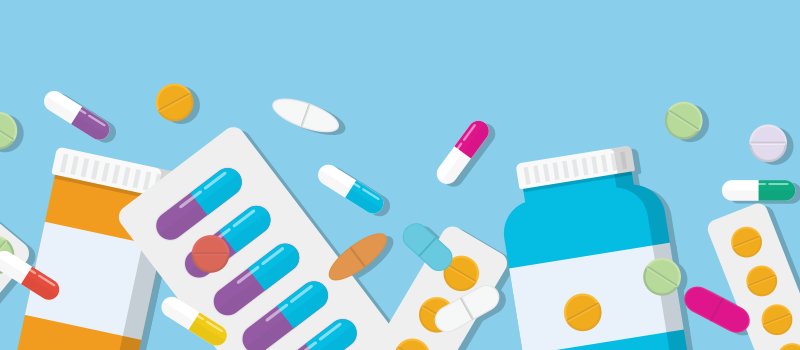
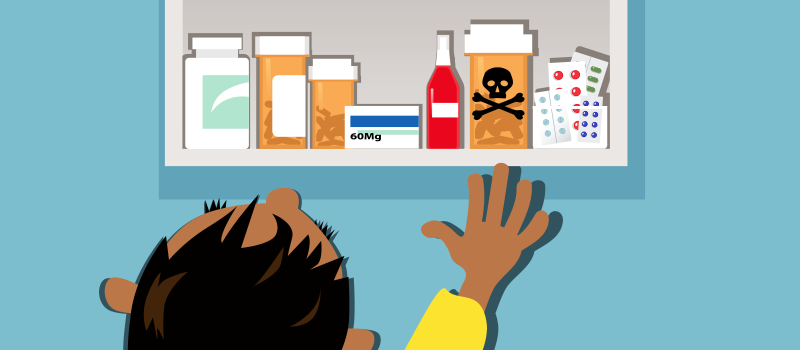
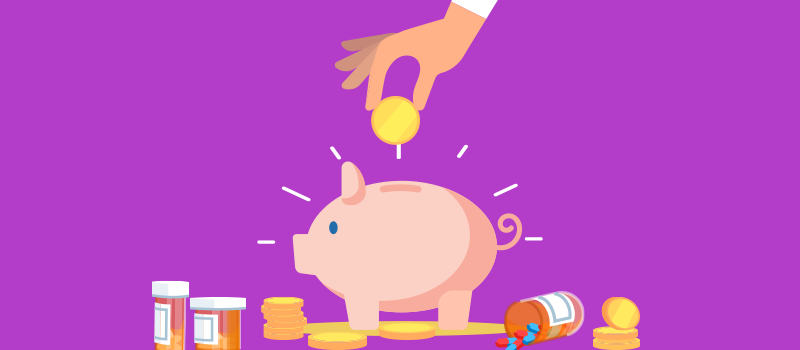
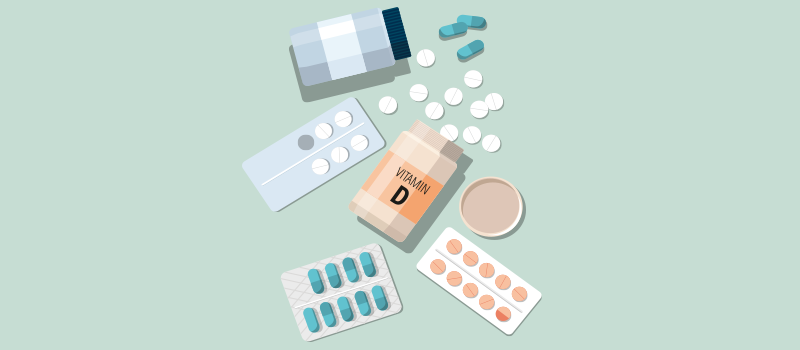

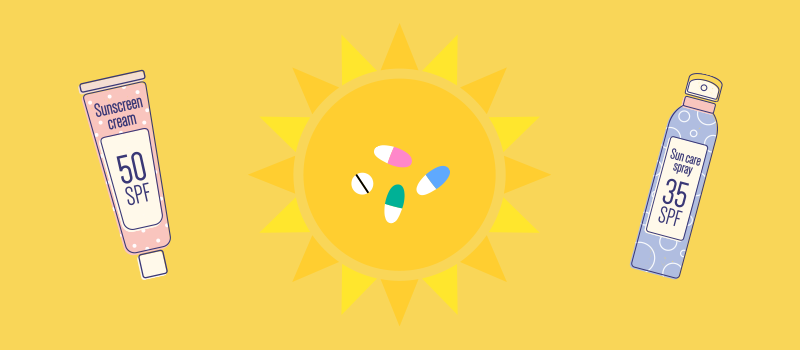
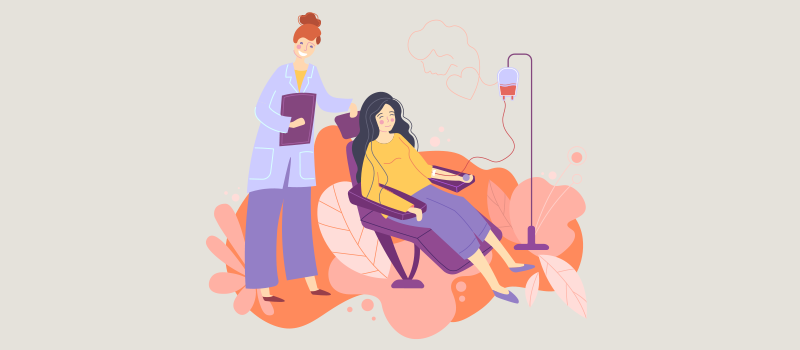



SOCIAL